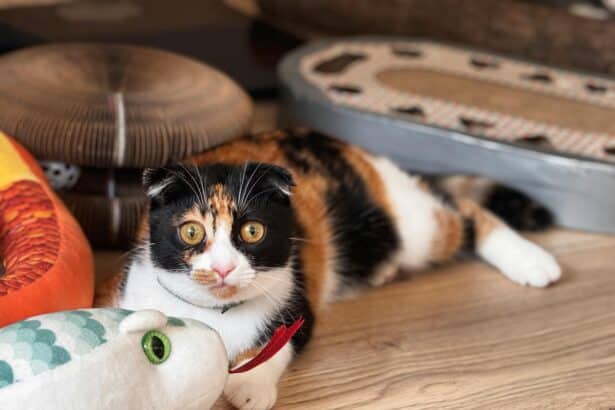Wash your cat, but gently: your calm, practical guide
Bath day doesn’t have to be a drama. With a warm room, the right products, and a calm routine, you can keep your feline clean without tears or scratches. Ready to turn bath time into a quick, cuddly interlude?
First, check whether a full bath is even necessary. Healthy cats are expert groomers and often need only spot-cleaning. Curious why some cats shun water so much? This piece on why many cats dislike water explains the instincts behind the splashy standoffs.
Before the bath: set the stage for success
Preparation lowers stress for both of you. Plan a short, calm session and choose a time when your cat is relaxed (post-meal or after a play session works well).
- Warm the room and close doors to prevent escape. Keep everything within arm’s reach: cat shampoo, two soft towels, a cup or squeeze bottle, and a non-slip mat.
- Brush thoroughly to remove knots and loose fur. Mats become tighter when wet.
- Place a folded towel or bath mat in the tub or sink so paws feel stable, not slippery.
Smart tip: pre-dilute shampoo in a squeeze bottle (about one part shampoo to five parts warm water). This spreads product evenly and rinses faster. If your cat’s nails are sharp, trim them the day before with this safe routine for claw trimming at home.
The one mistake to avoid
Skip human shampoos, dish soaps, and essential oils. Cats have different skin pH and sensitive noses; the wrong product can irritate skin and strip natural oils. Always choose a gentle, fragrance-light shampoo made for cats.
Bath time: calm, quick, and methodical
Water setup
- Use lukewarm water (comfortably warm to your wrist), and fill just a few centimeters.
- Use a cup or squeeze bottle instead of a noisy sprayer to keep things quiet.
Step-by-step
- Wet from neck to tail. Keep the head dry.
- Apply your diluted shampoo and massage gently with fingertips. Avoid eyes, ears, and nose.
- Rinse thoroughly. Residue can itch and prompt over-grooming.
- Clean the face separately with a damp, clean washcloth. No soap needed.
Talk softly and keep movements slow. If your cat gets overwhelmed, pause and try again later. For extra grooming know-how beyond baths, explore this complete guide to feline grooming.
Drying and post-bath cuddles
- Wrap your cat in a fluffy towel and press gently to absorb water. Replace with a second dry towel if needed.
- Let your cat finish drying in a warm, draft-free room. Short-haired cats often air-dry quickly.
- If using a dryer, choose the lowest heat and speed, hold it far away, and stop at the first sign of stress.
Treat time matters. Offer a lickable snack or play with a favorite toy so the bath ends on a happy note. If the bath aimed to remove outdoor grime or pests, read up on tackling fleas safely so you pair bathing with effective, vet-approved protection.
When a full bath isn’t needed
Many situations call for gentler options than a full soak. Consider these stress-saving alternatives:
- Waterless foam or wipes made for cats to refresh fur and paws.
- Spot-cleaning with a slightly damp microfiber cloth on muddy legs or tails.
- Regular brushing to reduce shedding and dander, and to keep the coat glossy.
Fun fact: some cats who hate standing in water tolerate a quick “spa” in a sink lined with a towel far better than a bathtub. Stability under their paws changes everything.
Special cases and gentle troubleshooting
- Long-haired coats: detangle before bathing and comb again while the coat is just damp.
- Hairless or very oily skin: ask your vet about frequency; these cats may need more frequent, very gentle cleanses.
- Senior or anxious cats: keep sessions shorter, and split the routine over two days (brush and paws one day, body the next).
Another calming trick: spread a thin layer of lickable treat on a washable lick mat at head height. It keeps the mouth busy while you rinse. For cats who truly loathe water, build tolerance slowly with positive associations—no rush, you’re a team.
Quick recap
- Prepare a warm, quiet space and have tools ready.
- Brush first, wet from neck to tail, use cat-only shampoo, and rinse well.
- Towel-dry thoroughly, keep your cat warm, and end with rewards.
- Use waterless options or spot-cleaning when a full bath isn’t necessary.
Want to understand bath resistance from your cat’s point of view? This quick read on cats and water aversion can help you tailor your approach with extra empathy.
FAQ
How often should I bathe my cat?
Most indoor cats don’t need regular baths. Aim for spot-cleaning and brushing, and reserve full baths for messes, skin conditions, or vet advice.
Can I use baby shampoo or dish soap?
No. They can disrupt skin oils and cause irritation. Use a gentle, fragrance-light shampoo formulated for cats.
How do I bathe a cat that hates water?
Keep sessions short, use a towel-lined sink, and pre-dilute shampoo for speed. Pair the process with treats and stop if stress spikes.
How do I clean my cat’s face and ears safely?
Use a damp, clean cloth for the face and avoid soap near eyes or nose. For ears, wipe only the outer flap; never insert cotton swabs.








